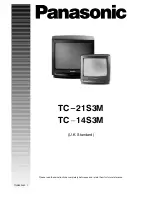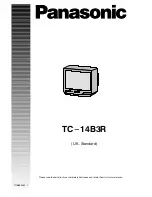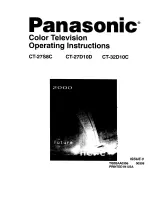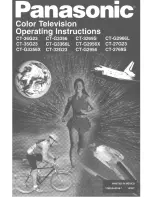
41
ENGLISH
USBOPERATION
--------------------------------------------------------------------------------------------
Fileformats
Your television can work with the following file
formats using the USB sockets:
Videodata
Special codecs for video compression and
decompression provide more memory space
without compromising the picture quality exces-
sively.
Your television plays video files in the formats
XVID, H.264/MPEG-4 AVC (L4.1, 4 reference
pictures), MPEG-4, MPEG-2, MPEG-1, MJPEG
and MOV.
The following file name extensions are also
supported: “.avi”, “mkv”, “.mp4”, “.ts”, “.mov”,
“.mpg”, “.dat”, “.vob”,”.divx”.
Format (codec) information is embedded within
the file content and may differ depending on the
file extension. “.avi”, “.mkv” or “.divx” files con-
taining divx codec within are not playbacked.
Imagedata
Your television can display pictures in the for-
mats JPEG, PNG and BMP.
JPEG stands for Joint Picture Experts Group.
It denotes a process for compressing picture
files.
PNG and BMP are process used to save image
data with no, or very little, losses.
Picture files can be stored with other types of
files on one medium.
These files can be organised into folders and
subfolders.
Audiodata
Your television can play audio data in the for-
mats MP3, AAC.
MP3 is the abbreviation for MPEG-1 Level 3
and is based on the MPEG-1 standard, which
was developed by the MPEG (Motion Picture
Expert Group).
AAC stands for Advanced Audio Coding and
was also developed by MPEG. AAC provides
better sound quality at an identical data rate.
These formats allow audio files to be recorded
and played which sound as good as a CD,
while taking up only a fraction of the memory
space.
File name extensions which are supported:
MP3, MP2, M4A, AAC.
MP3 files can be organised into folders and
subfolders, as on the computer.
















































